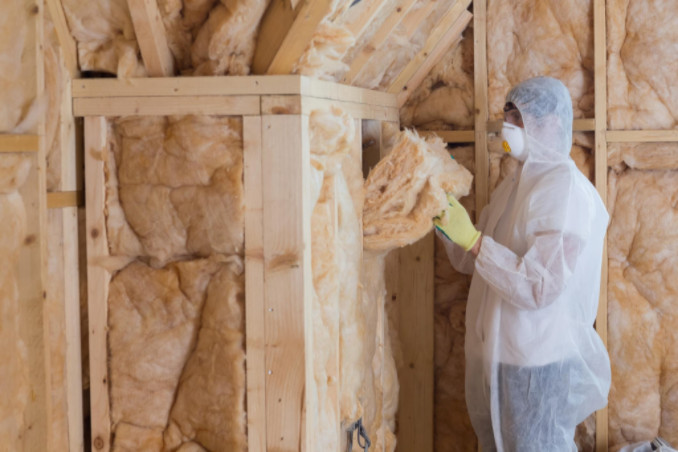Insulating a home has never been more important as Americans have become energy conscious. Keeping heat inside helps to lower the high costs of fuel during winter. Insulation is also essential to a home staying cool during the dog days of summer.
Unfortunately, many homes aren’t properly insulated.
Putting installation in place after a home has already been constructed can be tricky business. There are so many factors that need to be kept in mind. The good news is that homes can be effectively insulated if you know what the process entails.
Materials Needed
There are all kinds of materials used in the HVAC insulation process. Simply stopping heat and cold from entering your home through doors and windows can require little more than applying sealant strips that can easily be found at a neighborhood hardware or improvement store.
Insulating the rest of your home, however, is more complex. Bulk insulation is particularly adept at being a barrier to cold. Reflective insulation is most commonly applied to better control heat from gathering in your home. Foil is the most usual material necessary to perform reflective insulation.
Timing
Professionals recommend that energy savings should be a consideration during the design and construction of a home, if possible, because insulating after that point can be an additional investment. That said, millions of homes were built well before insulation was as critical a concern as it is today.
By contacting a professional HVAC technician, a homeowner can receive practical guidance on how and where to begin. This will not only help save time and money, but also give you a map of which areas in your home are most vulnerable to outside air.
R-value
How thick or thin the insulation you choose is important to how well it will work to protect your home from cold and heat. This capacity to resist the weather outside is determined by R-value. The good thing about R-value is that it’s standard, so you don’t have to worry about varying results if you happen to buy materials made by different manufacturers.
An experienced contractor is recommended, however, to manage the installation of the batts and rolls you ultimately buy. An expert not only has the expertise, but the tools to get the job done right – especially in the case of a home that has unique structural features or architectural flourishes. It’s also important to keep in mind that your attic may require one R-value of insulation material and your cellar another.
Location
The materials used during your home’s construction play a role in where you should insulate. The size and age of your home is also important when determining where insulating will bring the most cost benefits. The first line of defense in the weatherizing process is often drafty attics that can make a homeowner spend excessive amounts on heat during the cold season. Floors, particularly those located directly above your garage, also let in uncomfortable amounts of moisture and chilly air.
Costs
Insulating a home can cost a few hundred to a few thousand dollars. No two homes have the same exact insulation needs and the price of the materials you’ll use will vary from city to city. The bottom line is that sealing spaces which let in the forces of nature will allow you to spend less on heat and air conditioning than those who don’t, so insulating is just good common sense.

